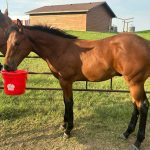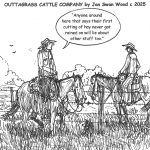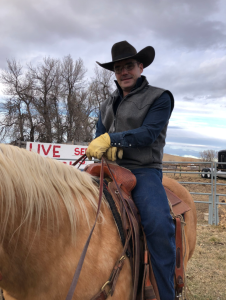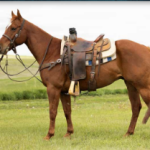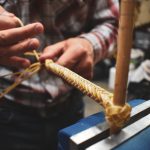Producers encouraged to scout wet meadow areas for spotted hemlock before cutting hay
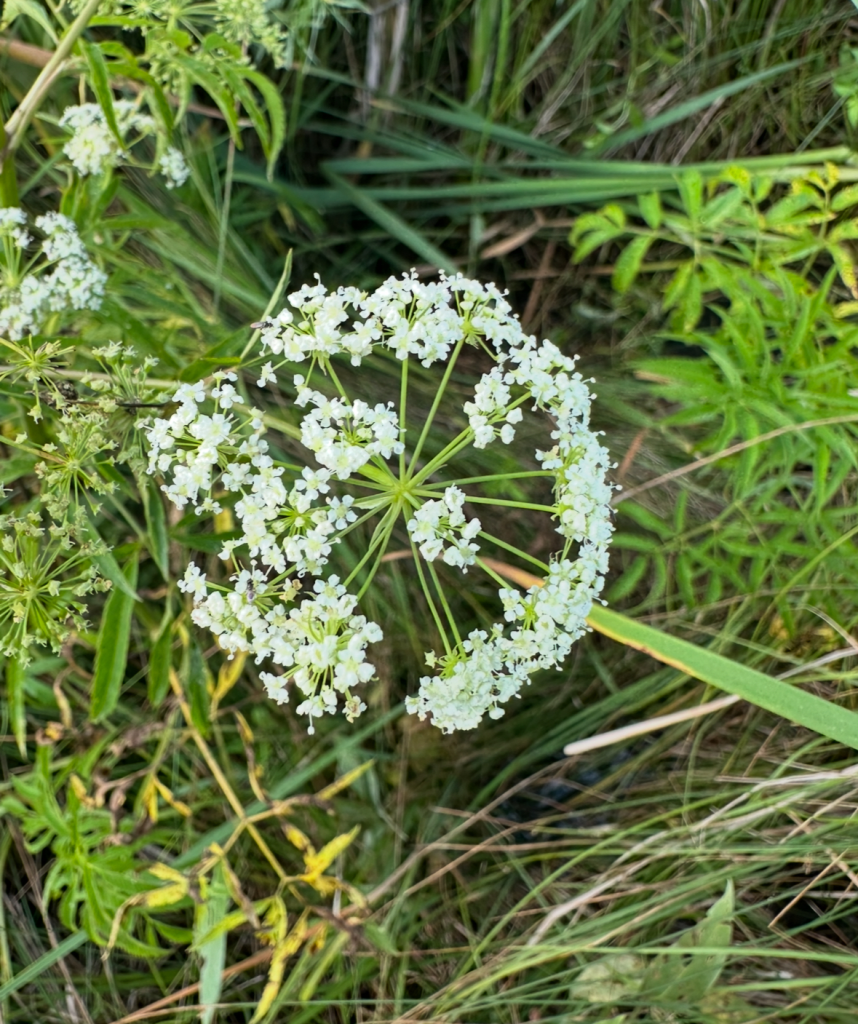
Spotted water hemlock, a plant native to North Dakota, has recently been identified in several counties across the state. The plant is highly poisonous to humans and all livestock, especially cows and horses. The toxin in the plant is cicutoxin and is most harmful in the spring. The roots contain the greatest toxicity levels.
Spotted water hemlock is a short-lived perennial plant that spreads by seed and roots, and thrives in moist soils, so overland water flow and birds are of concern in aiding the spread of spotted water hemlock. The reported locations have been in wet and subirrigated meadows, along the edge of cattail sloughs, and adjacent roadside ditches, water drains and creek bottoms.
Due to this year’s above-normal precipitation, greater densities of the plant have been seen this year compared to the drier years of the past, says Jeff Stachler, NDSU Extension cropping systems specialist at the Carrington Research Extension Center.
“Most cases of concern are when spotted water hemlock ends up in hay bales,” says Joe Ikley, NDSU Extension weed specialist. “Awareness and prevention are key. Avoid baling any plants you can’t confidently identify.”
Spotted water hemlock is often confused with water parsnip, a non-toxic native plant. Both grow in similar moist environments and can reach 2 to 6 feet tall. However, they have some distinguishing characteristics:
- Stem: Spotted water hemlock has smooth, reddish to purple streaked hollow stems, with chambered roots. Water parsnip has green, often finely hairy stems.
- Leaves: Spotted water hemlock leaves are sharply toothed and usually have subdivided leaflets; water parsnip leaves are slightly serrated and usually not sub-divided.
- Flowers: Spotted water hemlock flower heads may be more dome-shaped and about 6 inches across, while water parsnip flower heads are flatter and smaller (2–5 inches).

“The root of spotted water hemlock is the most toxic part, and even handling it can cause skin irritation in some people,” says Ikley. “Use caution and wear gloves when investigating unknown plants.”
Kevin Sedivec, NDSU Extension range specialist, notes that although toxicity is a concern, livestock typically avoid the plant unless other forage is limited. “Problems usually arise when the plant is unknowingly cut and included in hay,” Sedivec says. “If you know the plant is in your meadow or road ditch, it’s safest to mow around it.”
If hay containing spotted water hemlock has already been harvested, Extension specialists advise feeding it in a way that allows livestock to pick through it, such as in bale feeders or as rollout hay, rather than mixing it into ground rations, which prevents animals from avoiding the toxic material. Livestock should not be forced to clean up uneaten hay.
“Management of spotted water hemlock includes timely chemical control,” says Stachler. “Herbicides such as glyphosate and 2,4-D approved to be applied in water provide the best control. For plants growing near water, use herbicide products labeled for aquatic use.”
When using a herbicide to control spotted water hemlock, always be cautious to not spray desirable wildflowers in the meadows. Always read and follow label directions.
Because spotted water hemlock thrives in moist soils and spreads by seed, past flooding and high-water levels contribute to its natural spread. Regular scouting and long-term management will help reduce establishment in unwanted fields and pastures.
The Aug. 7 edition of the NDSU Extension Crop and Pest Report contains more information on spotted water hemlock. Find the report at ndsu.ag/cpreport.
For assistance with identification of spotted water hemlock, contact your county NDSU Extension office at ndsu.ag/countyoffice.
–NDSU Extension
